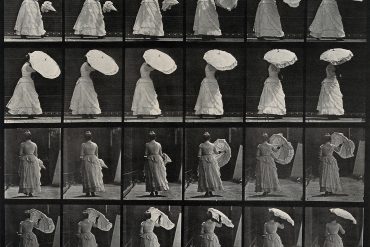INTERSECTIONS – BETWEEN CINEMA AND PHOTOGRAPHY
Two closely intertwined forms of visual communication, which use an optical device to capture a portion of reality and return it to an outside viewer. Photography talks by freezing time in an image, a movie expresses the passage of time by multiplying photographs, or frames that, set in succession, generate the illusion of movement. “Photography is truth and cinema is truth 24 times per second,” said Jean-Luc Godard, underlining how inextricably linked the two arts are. A bond strong from the beginning, when the frames per second were 16 – not 24 like today – and the films were silent, like photographs.
Similar, although clearly distinct from the point of view of perception, purpose, involvement and for the emotions they are able to stir, the two expressive forms have pursued different paths, although never completely losing sight of each other, exchanging aesthetic inspirations, theoretical reflections, suggestions and visions, drawing from each other in a game of references and correspondences. Numerous authors have experimented with both languages, professionally or just following their passion, have been influenced by the “sister” art or, of it, they have told aspects, stories and situations: directors (and actors), photographers (set and otherwise) who have been able to explore the edges of each art, sometimes revealing, or building, unexpected realities.








